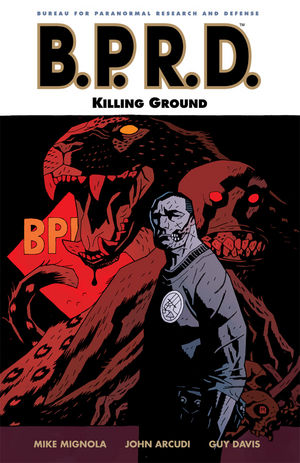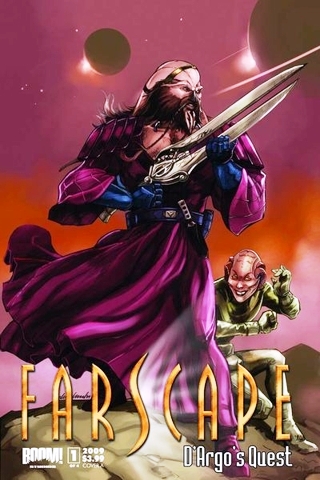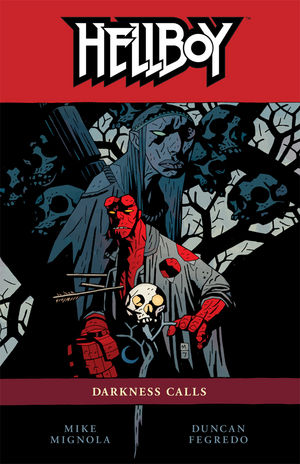 Written by Mike Mignola and John Arcudi
Written by Mike Mignola and John ArcudiArt by Guy Davis
What I like best about BPRD is the strong focus on the characters and their interactions with each other. This volume
Johann is now inhabiting one of the soulless bodies that Abe found in Indonesia, and he has become a bit of an unstoppable hedonist in the bargain, which has caused him to completely ignore his responsibilities to the team. Liz is crippled by her ongoing dreams in which she speaks with a mysterious stranger who seems to know a lot about what the future holds. She really only feels safe now when she is with Panya, the immortal Egyptian mummy woman.
And then there is Daimio, the central figure of this arc. Since he first arrived, there have been a number of questions about his background, and the mysterious Asian man who provides him with massages and other strange-looking treatments. All of this is explained, as Daimio runs afoul of the Wendigo character introduced in the previous arc.
This is a pretty exciting and fluid story, with typically brilliant Guy Davis art.






















